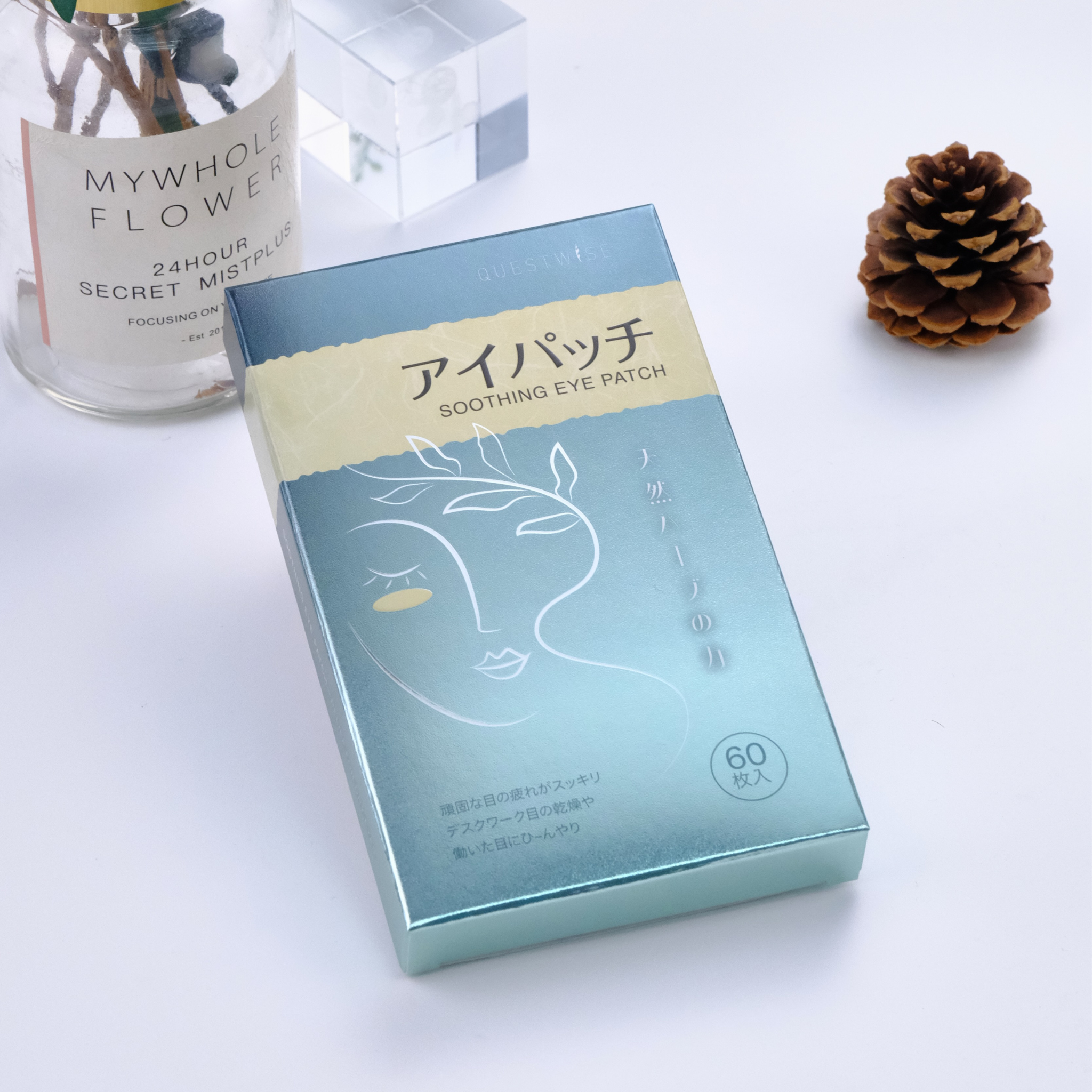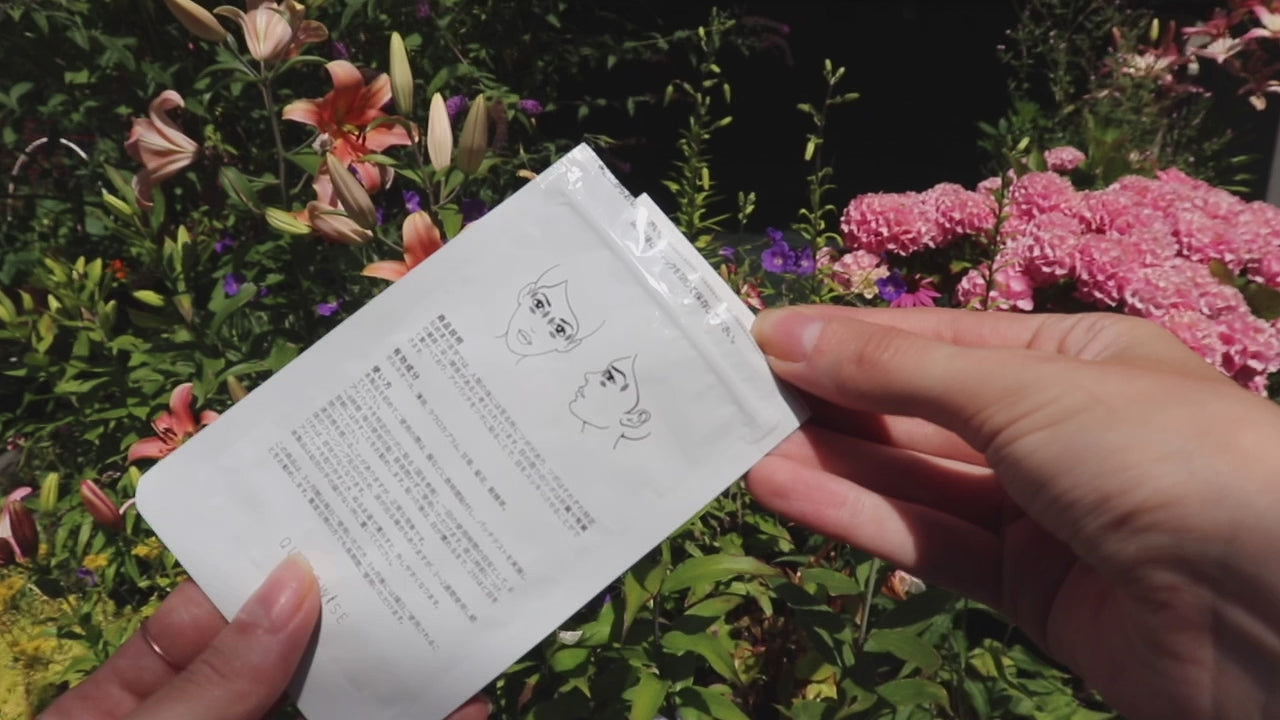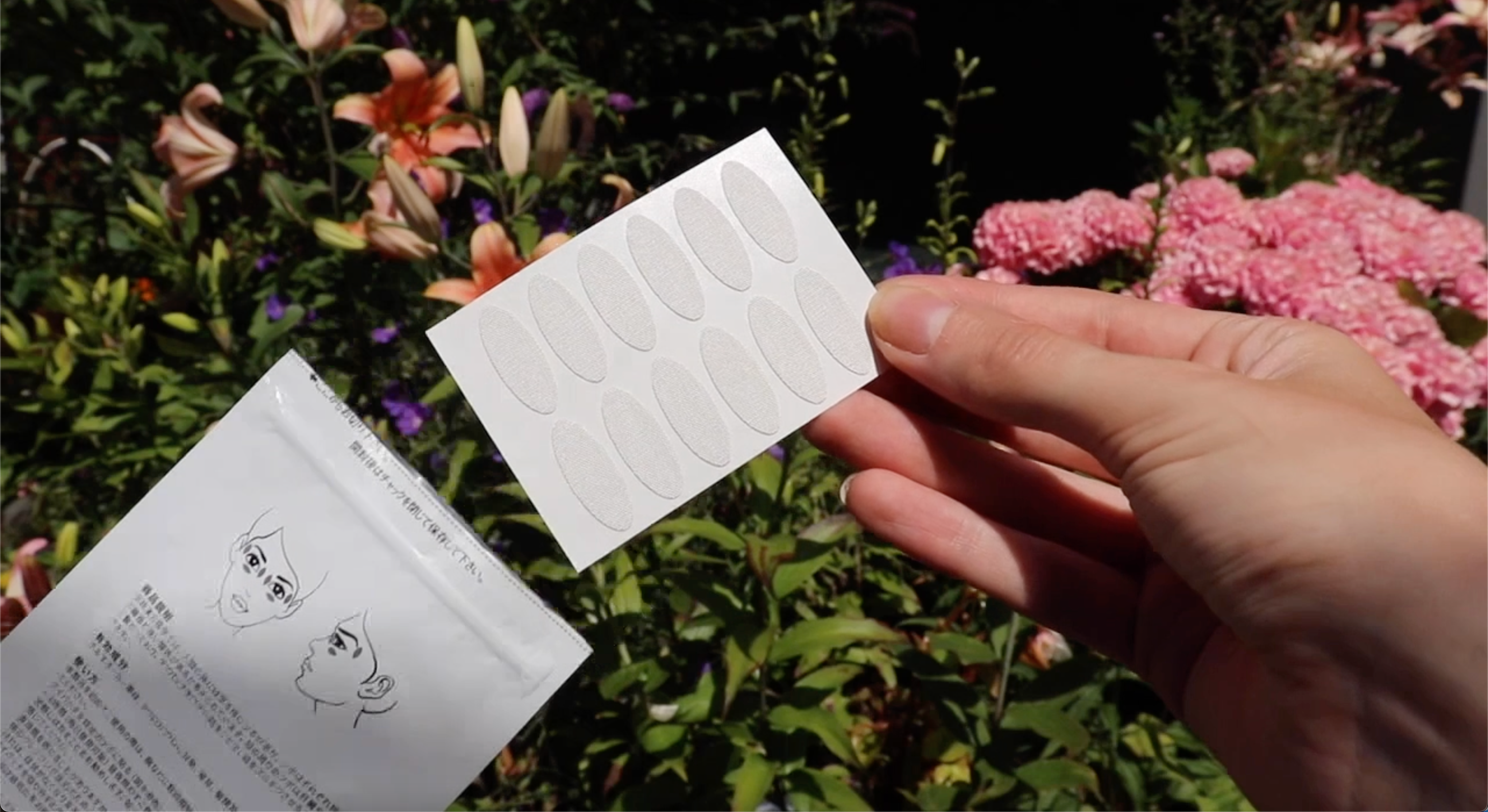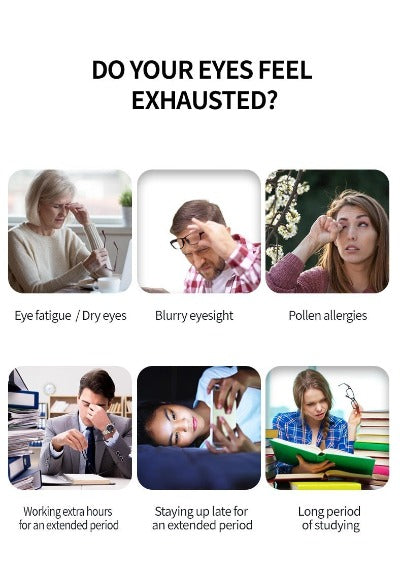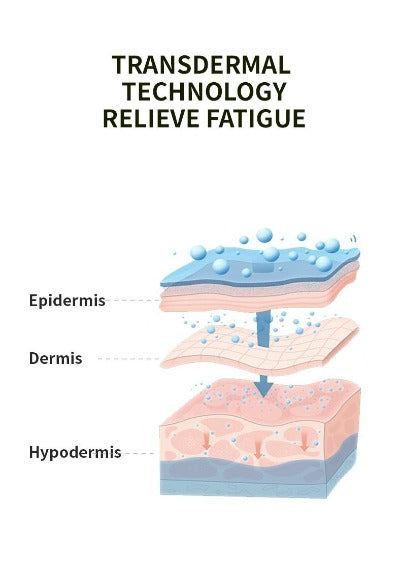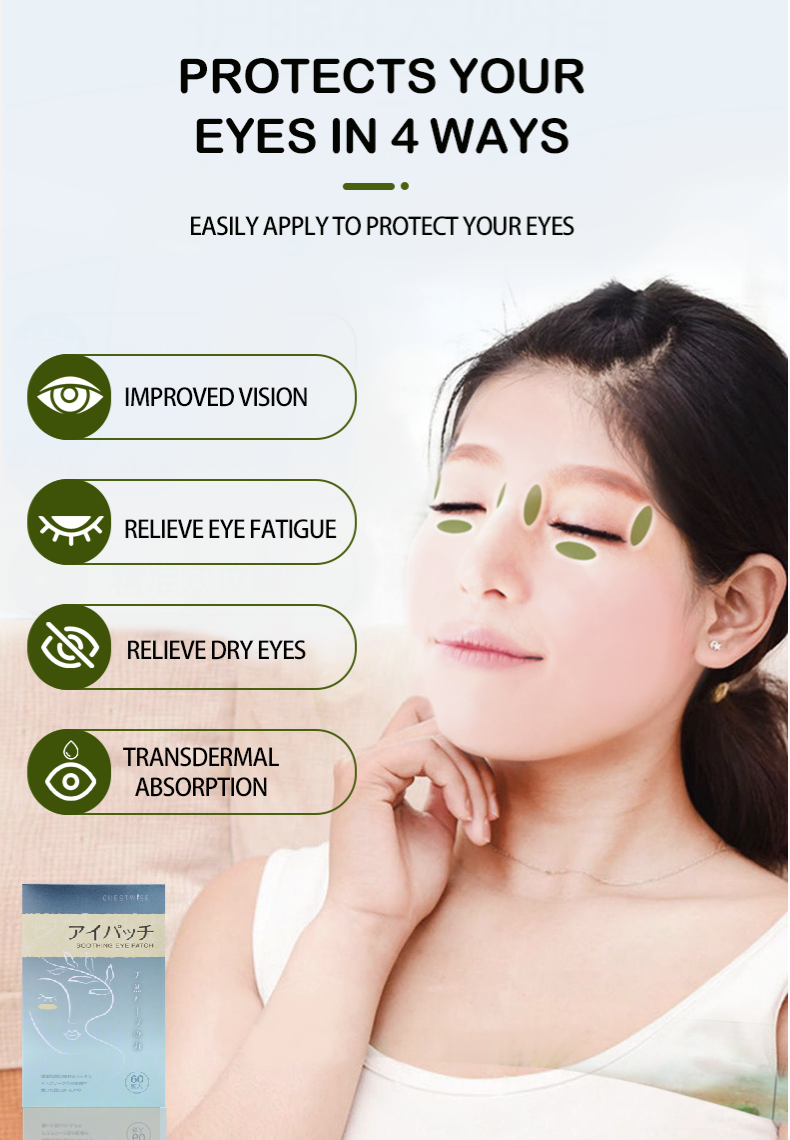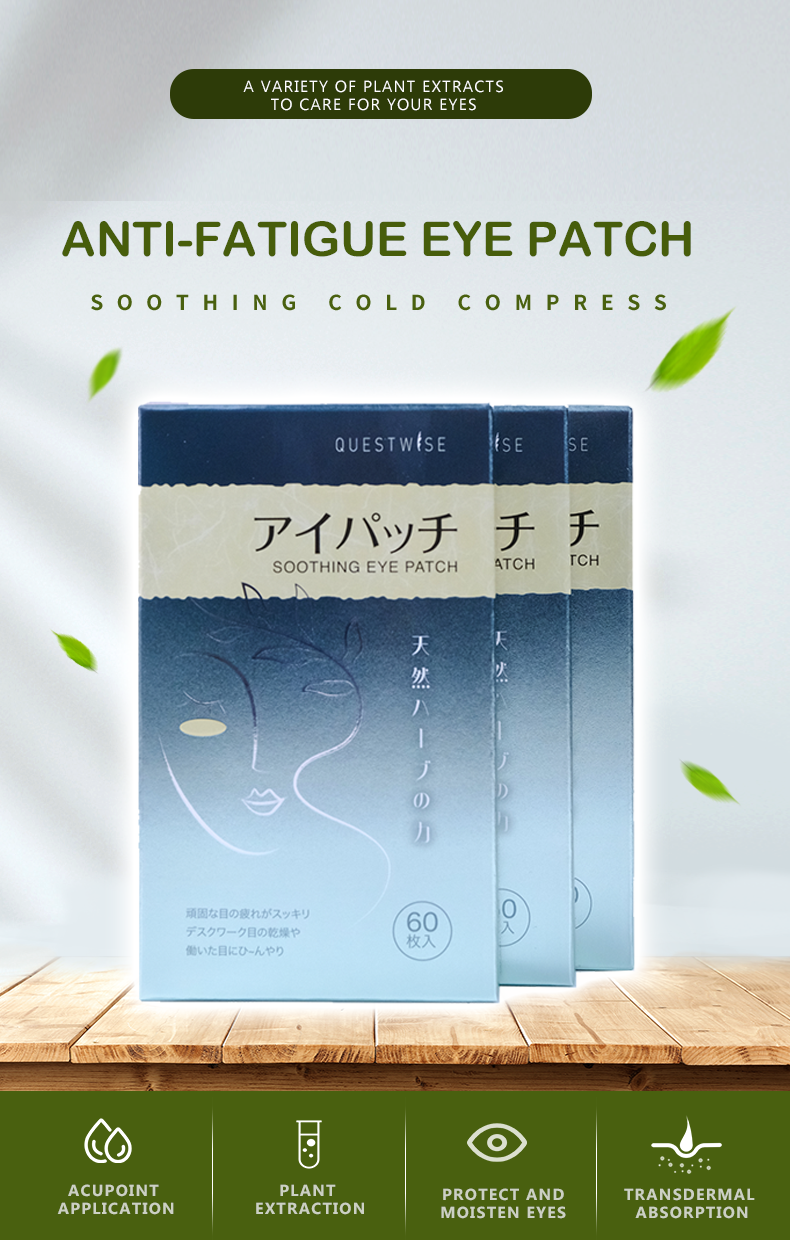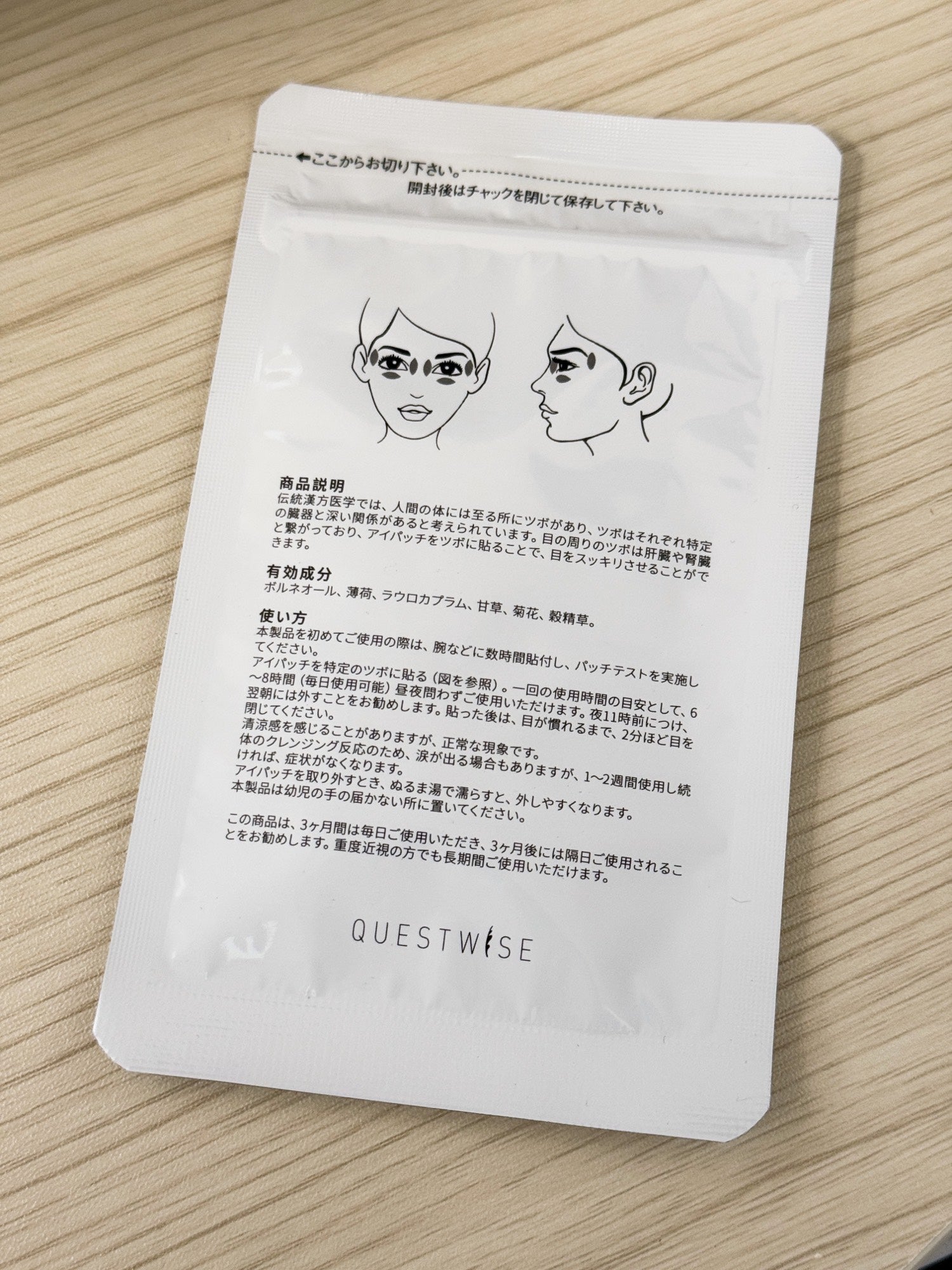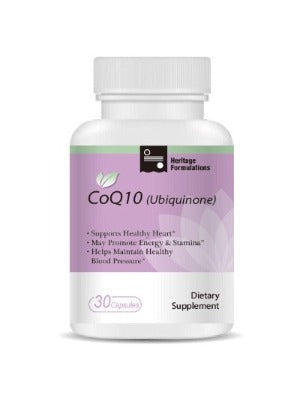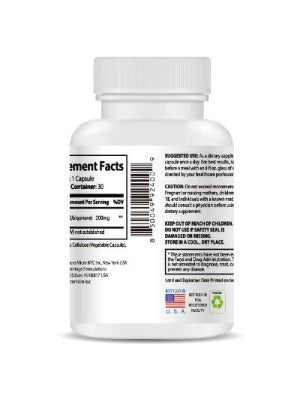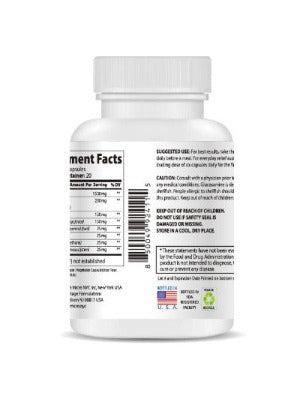Allergic Conjunctivitis vs. Other Eye Allergies: A Deep Dive into Symptoms, Causes, and Treatment
Eye allergies are a widespread concern, impacting millions globally and significantly impacting daily life. While many experience similar symptoms, differentiating between the various types of eye allergies is crucial for effective management and treatment. This comprehensive guide explores the key differences between allergic conjunctivitis and other eye allergies, offering detailed insights into symptoms, causes, and available treatment options. We will also discuss when to seek professional medical help and how to integrate self-care strategies into your overall approach to eye allergy management.
Understanding Allergic Conjunctivitis: The Basics
Allergic conjunctivitis, a common eye allergy, is an inflammation of the conjunctiva—the transparent membrane lining the inner surface of the eyelids and covering the sclera (the white part of the eye). This inflammation stems from an allergic reaction to various environmental allergens, triggering the body's immune system into an overreaction. These allergens can range from airborne substances like pollen (frequently associated with seasonal allergic conjunctivitis), pet dander, dust mites, and mold spores to contact allergens such as certain cosmetics or food items. The immune system's response releases histamine and other inflammatory mediators, leading to the characteristic symptoms of allergic conjunctivitis.
The Spectrum of Allergic Conjunctivitis Symptoms
The symptoms of allergic conjunctivitis are varied and can range in intensity depending on individual sensitivity and the severity of the allergic reaction. These symptoms can significantly impact daily activities, impacting visual clarity, comfort, and overall well-being. Common symptoms include:
- Intense Itching: Often the most prominent and disruptive symptom, leading to constant eye rubbing and increased irritation.
- Redness and Bloodshot Eyes: Inflammation causes dilation of the blood vessels in the conjunctiva, resulting in a noticeable redness and bloodshot appearance.
- Watery Eyes (Lacrimation): Excessive tearing is a common response to the allergic reaction, often accompanied by a clear, watery discharge.
- Swelling of the Eyelids: Puffiness and swelling of the eyelids are frequently observed, especially in the morning, making it difficult to open the eyes.
- Eye Discharge: While typically a clear, watery discharge, it can become thicker and more mucus-like in more severe cases.
- Light Sensitivity (Photophobia): Bright lights can become intensely uncomfortable and cause significant discomfort.
- Blurry Vision: Swelling and excessive discharge can temporarily impair vision, affecting daily activities.
- Eyelid Crusting: In some cases, particularly overnight, a crust may form on the eyelids due to dried discharge.
The duration and severity of these symptoms can fluctuate depending on the extent of allergen exposure, individual susceptibility, and the type of allergic conjunctivitis.
Differentiating Allergic Conjunctivitis from Other Eye Allergies
While allergic conjunctivitis is common, several other eye conditions share similar symptoms but possess distinct underlying mechanisms and characteristics. Accurate differentiation is essential for appropriate diagnosis and effective management. Let's examine some key distinctions:
1. Vernal Keratoconjunctivitis (VKC): A Chronic and Severe Condition
Vernal keratoconjunctivitis (VKC) is a more severe form of allergic conjunctivitis, primarily affecting children and young adults. It's characterized by intense itching, significantly more pronounced than in typical allergic conjunctivitis. Large bumps (giant papillae) on the inner surface of the eyelids are a hallmark of VKC, and the discharge is often thicker and more stringy. Importantly, VKC often involves the cornea (the front transparent layer of the eye), potentially leading to complications like corneal scarring and requiring more aggressive medical intervention.
2. Atopic Keratoconjunctivitis (AKC): A Complex Allergic Reaction
Atopic keratoconjunctivitis (AKC) is a chronic and severe allergic eye condition closely linked to atopic dermatitis (eczema) and asthma. Patients often have a family history of these conditions. AKC is characterized by severe corneal involvement, sometimes leading to significant vision impairment. The inflammation is often intense and persistent, and treatment requires a multi-faceted approach involving various medications and therapies.
3. Giant Papillary Conjunctivitis (GPC): Contact Lens-Related Irritation
Giant papillary conjunctivitis (GPC) is primarily associated with contact lens wear. The prolonged contact of the lens with the conjunctiva can trigger an allergic reaction, leading to the formation of large papillae on the upper eyelid. This causes discomfort, blurred vision, and difficulties in wearing contact lenses. Treatment involves addressing the underlying cause – often improving contact lens hygiene, using different lens materials, or even discontinuing lens use entirely.
4. Seasonal vs. Perennial Allergic Conjunctivitis
It's important to distinguish between seasonal and perennial allergic conjunctivitis. Seasonal allergic conjunctivitis is triggered by seasonal allergens like pollen, resulting in symptoms during specific times of the year. Conversely, perennial allergic conjunctivitis is caused by year-round allergens such as dust mites and pet dander, causing persistent symptoms throughout the year.
Navigating Treatment Options for Eye Allergies
The management of allergic conjunctivitis and other eye allergies often requires a combination of approaches, balancing over-the-counter and prescription medications with lifestyle adjustments and self-care strategies.
- Over-the-Counter Medications: Antihistamine eye drops are widely available and effectively reduce itching, redness, and swelling. Artificial tears provide lubrication and relief from dryness.
- Prescription Medications: For more severe cases, prescription medications such as mast cell stabilizers, stronger antihistamines, or corticosteroids may be necessary. These more potent medications control the inflammatory response more effectively.
- Lifestyle Modifications: Identifying and avoiding specific allergens, such as improving home air quality by using air purifiers and regularly cleaning surfaces, can significantly reduce symptoms.
- Cold Compresses: Applying cool compresses to the eyes can provide temporary relief from itching and swelling.
- Eyelid Hygiene: Gentle eyelid cleansing can remove allergens and debris, preventing further irritation.
For soothing relief from eye fatigue, dryness, redness, and swelling associated with prolonged screen time or eye strain often exacerbated by allergic conditions, consider incorporating the Wise Quest Soothing Eye Patches - 3-Month Wellness Pack. These patches harness the power of traditional Chinese herbal medicine to promote healthy blood circulation and alleviate discomfort. They are not a replacement for medical treatment but can be a valuable addition to your self-care routine.

When to Seek Professional Medical Attention
While many eye allergies respond well to self-care measures and over-the-counter treatments, seeking professional medical advice is crucial in certain situations:
- Severe or Persistent Symptoms: If symptoms are intense, persistent, or significantly impacting daily life, a consultation with an ophthalmologist or allergist is necessary.
- Vision Impairment: Any significant blurring or impairment of vision requires immediate medical attention.
- Suspicion of Severe Eye Allergy: If you suspect VKC, AKC, or other severe conditions, prompt professional evaluation is crucial.
- Ineffective Treatment: If over-the-counter remedies are ineffective, a healthcare professional can prescribe stronger medications.
- New or Worsening Symptoms: Any new or worsening symptoms should be assessed by a doctor to rule out any underlying conditions.
A comprehensive examination will help determine the underlying cause of your eye allergy and guide the development of a personalized treatment plan. This plan may involve a combination of medication, lifestyle adjustments, and potentially other therapies.
Conclusion: A Holistic Approach to Eye Allergy Management
Understanding the nuances of different eye allergies, particularly the distinctions between allergic conjunctivitis and other related conditions, is essential for effective management. While many symptoms overlap, the severity, underlying mechanisms, and treatment strategies can vary significantly. A holistic approach that combines medical treatment, lifestyle changes, and self-care practices, such as using the Wise Quest Soothing Eye Patches - 3-Month Wellness Pack for additional comfort, can significantly improve your quality of life and alleviate the discomfort associated with eye allergies. Remember, prompt medical attention when necessary is crucial for optimal outcomes. Early diagnosis and proper treatment can prevent potential complications and ensure long-term eye health.


